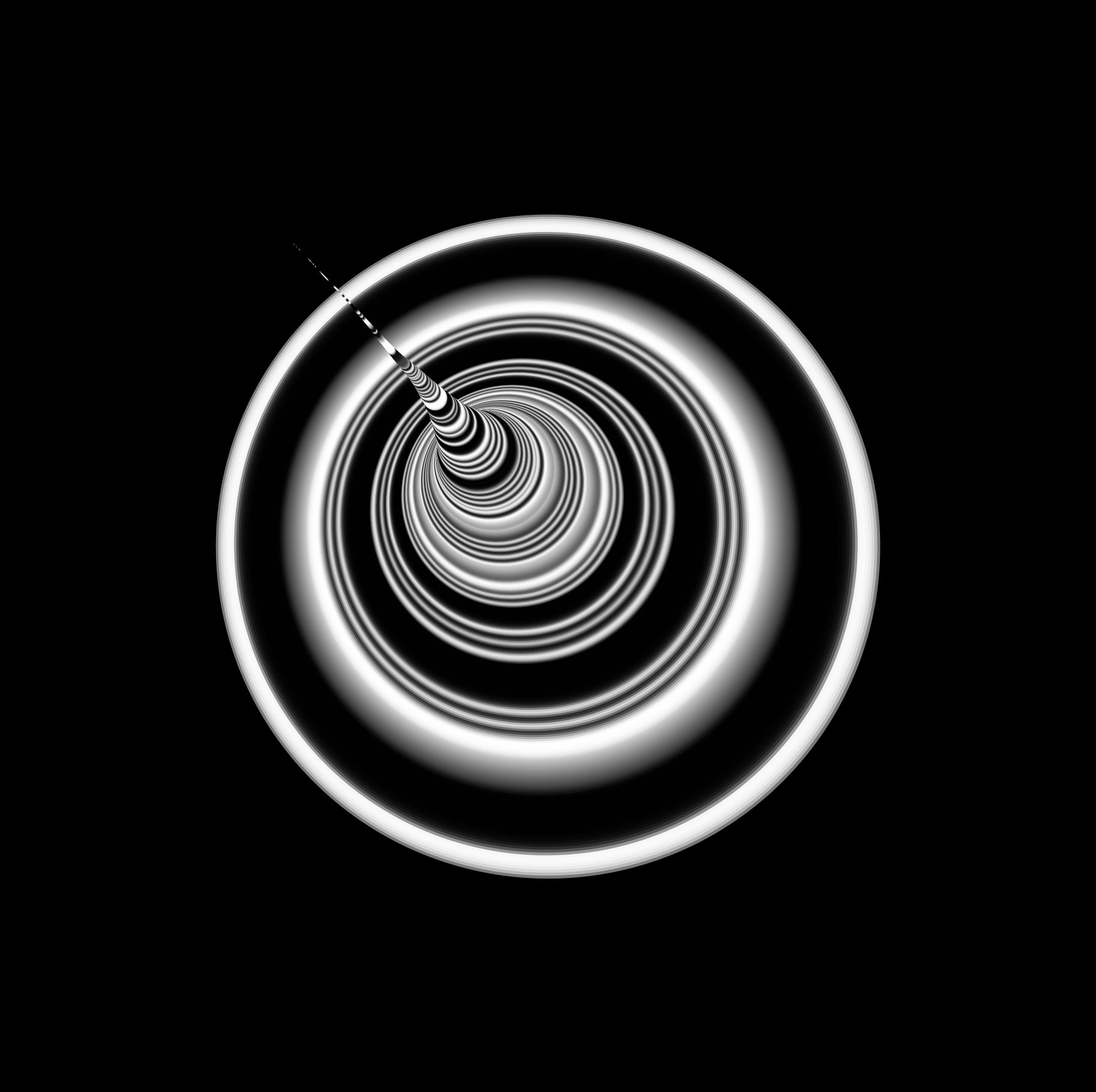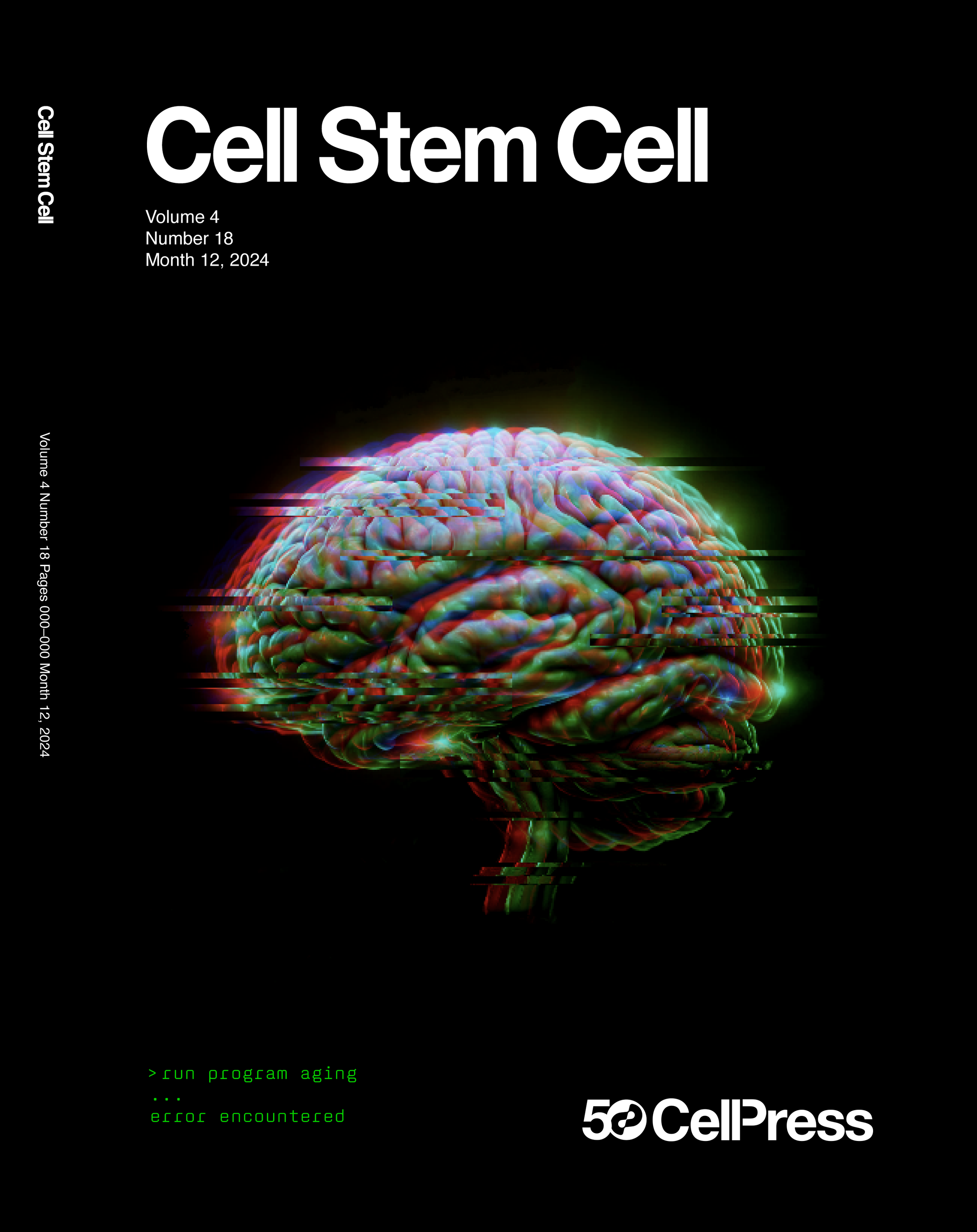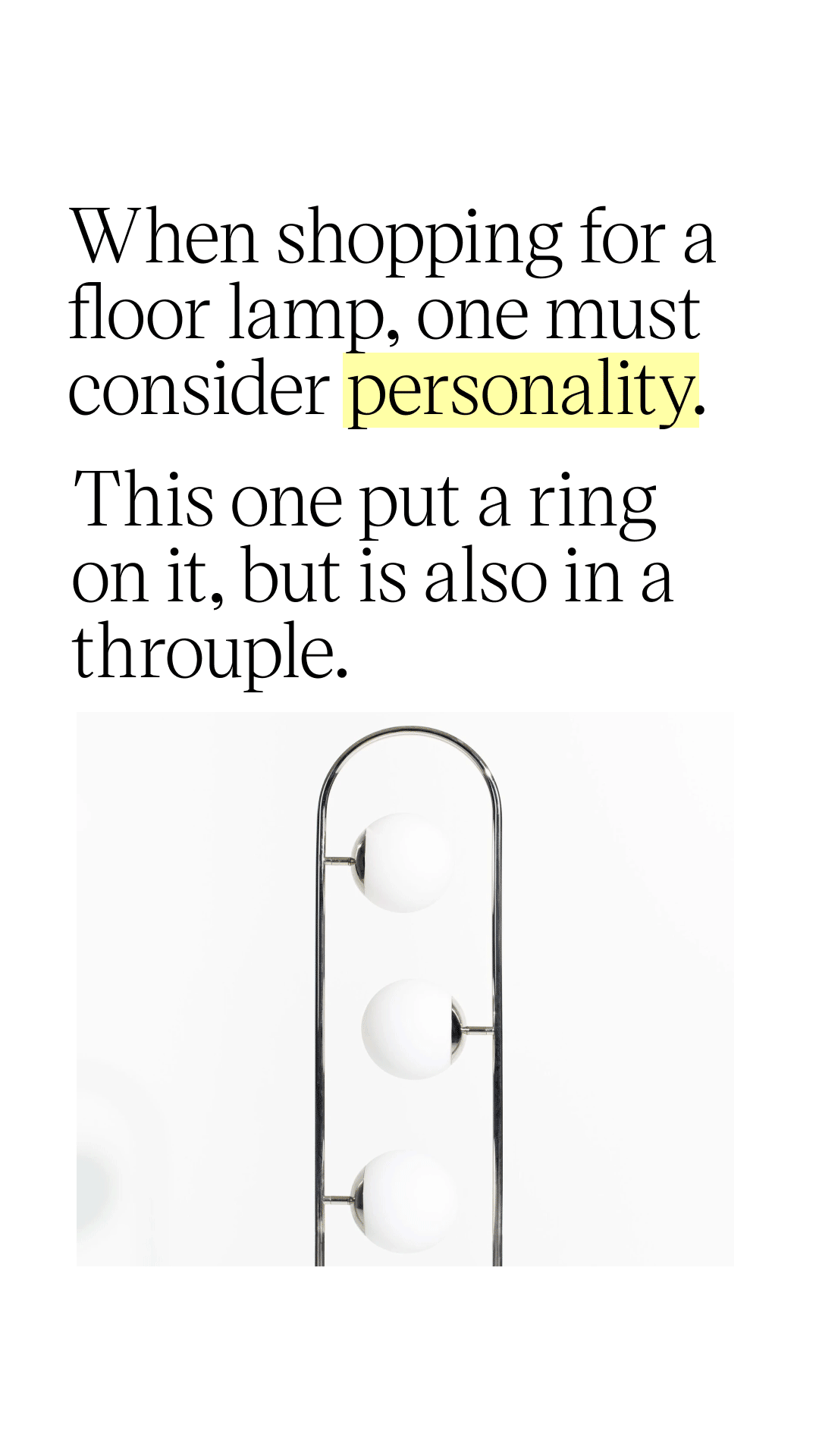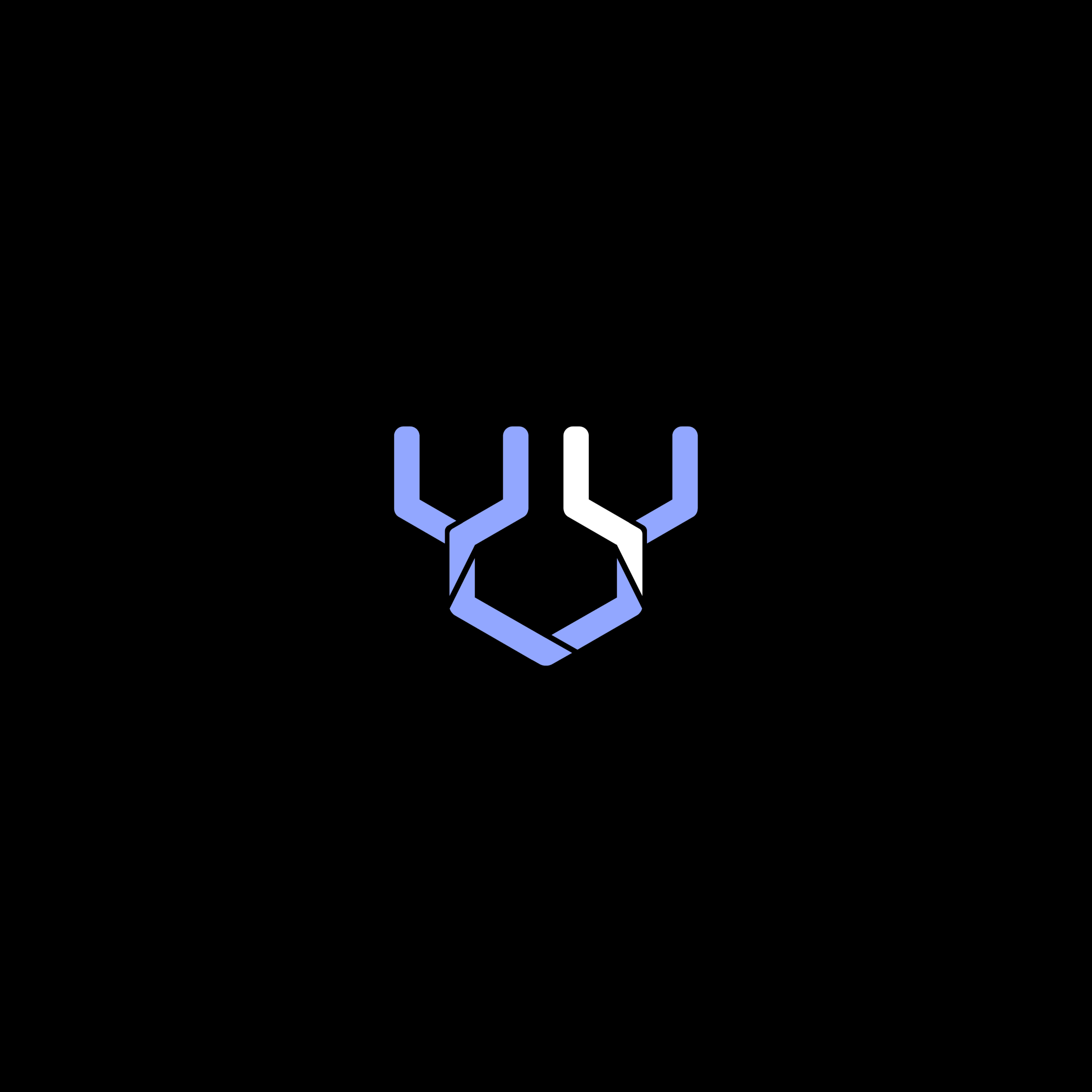Generative art series made in p5.js, 2018.
Design for Cell Stem Cell cover submission, 2024
Packaging design concept and 3D animation for Kim Shui, 2020.
Jewelry campaign for Baublebar, 2015.
Branding and logo design for Google (Decision Intelligence), 2021.
Generative art series made in p5.js, 2019.
Industrial design project, wearable tech for Jawbone, 2015
In another life, I was a poet. In this life, I edit academic works and novels from time to time, such as Pureland (Harper Collins) and The Cunning of Gender Violence (Duke University Press), pictured here.
-
My work as an Editor and a Designer often feel quite oddly similar, as they are different ways of asking: What story are we telling? Whether editing novels or academic texts, I often think of Editing as designing the reader’s experience. I try to imaginatively empathize with the way that people from different backgrounds and contexts will experience a text.
As the lead editor for Zarrar Said’s debut novel Pureland (Harper Collins 2018), I provided high-level concept feedback on characters, plot and tone for the first round of editing. Subsequent rounds focused on character and plot development and then on line-by-line edits.
Pureland is a magical-realist take on the life of Dr. Abdus Salam, the Nobel Prize winning Pakistani physicist, and has been compared by literary critics to the early works of Salman Rushdie and Mohsin Hamid. It was shortlisted for the Adham literary prize, featured in the Lahore Literary Festival, and covered by Forbes.
The novel was initially pulled from the shelves of major bookstores in Pakistan due to being controversial, as it deals with the widespread discrimination against the Ahmadi population of Pakistan. I was asked by Pakistani news outlet Mangobaaz to address the controversy in an opinion piece.
-
The Cunning of Gender Violence focuses on how a once visionary feminist project has folded itself into contemporary world affairs. Combating violence against women and gender-based violence constitutes a highly visible and powerful agenda enshrined in international governance and law and embedded in state violence and global securitization. Case studies on Palestine, Bangladesh, Iran, India, Pakistan, Israel, and Turkey as well as on UN and US policies trace the silences and omissions, along with the experiences of those subjected to violence, to question the rhetoric that claims the agenda as a “feminist success story.” Because religion and racialized ethnicity, particularly “the Muslim question,” run so deeply through the institutional structures of the agenda, the contributions explore ways it may be affirming or enabling rationales and systems of power, including civilizational hierarchies, that harm the very people it seeks to protect.
I was honored to lead a pre-publisher edit, working with contributors Lila Abu-Lughod, Inderpal Grewal, Rema Hammami, Janet R. Jakobsen, Shenila Khoja-Moolji, Vasuki Nesiah, Samira Shackle, Sima Shakhsari, Nadera Shalhoub-Kevorkian, Dina M Siddiqi, Shahla Talebi, and others.
Portrait, 2017. Ongoing series.













